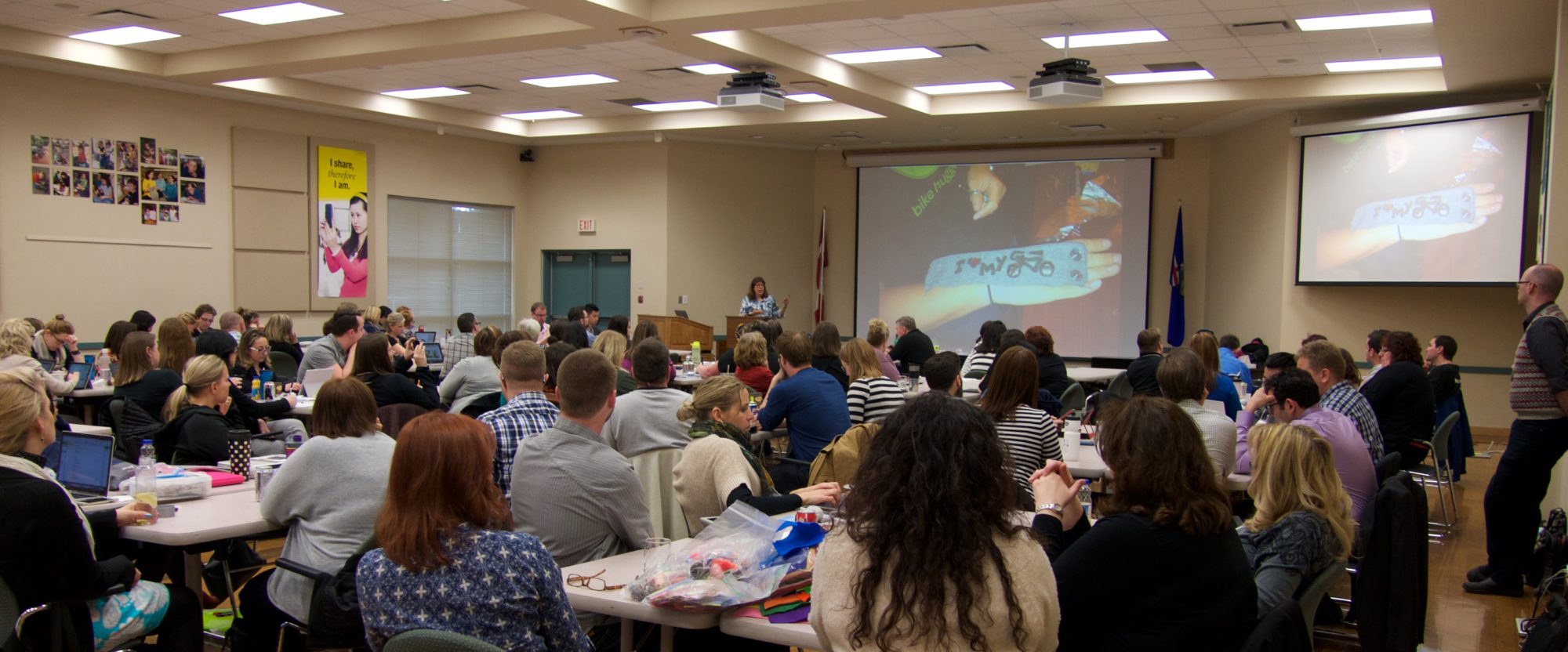New NASA iPad Magazine App “Space Place Prime” is a new NASA magazine only for the iPad. This brand new app gathers some of the best and most recent Web offerings from NASA. It taps engrossing articles from The Space Place website, enlightening NASA videos, and daily images such as the Astronomy Picture of the Day and the NASA Earth Observatory Image of the Day.
“Space Place Prime” targets a multigenerational audience. Kids, teachers, parents, space enthusiasts, and everyone in between will find fascinating features on this new, free NASA app.
More information about the new magazine and other NASA apps.
Source: NASA Education Express Message — September 20, 2012
“Curiosity in the Classroom” STEM Resources
Discovery Education and Intel Corporation have partnered to create learning resources for the Discovery Channel’s series Curiosity. The site has lesson plans and activities that create STEM connections across various subjects including: artificial intelligence, communications, computers, nanotechnology, and robotics. CuriosityintheClassroom.com
Change the Equation Releases State Data on STEM Learning
The 2012 Vital Signs reports paint a wide-ranging and in-depth picture of the condition of STEM learning in all 50 states and the District of Columbia. View the full report





 Generation YES will be at
Generation YES will be at